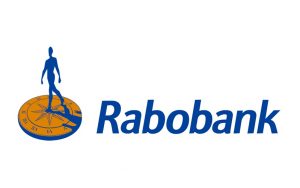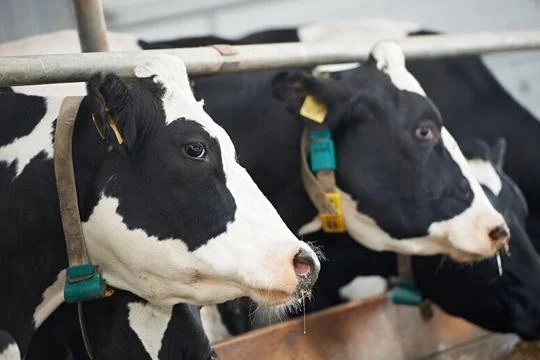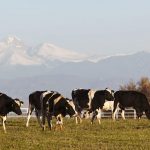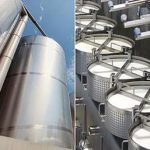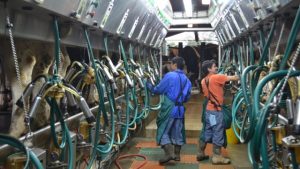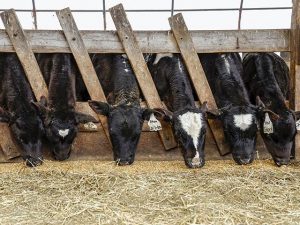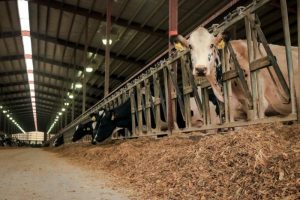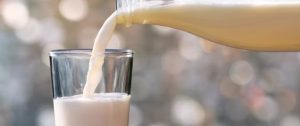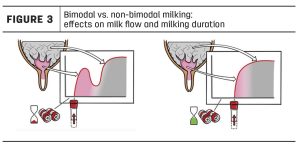U.S. milk production for 2024 is expected to be down 0.4%, and initial estimates call for a 0.7% improvement in 2025, according to
Rabobank analysts.
Even with a 5,000-cow increase from June to July, the herd is still down 43,000 head from a year ago, according to USDA.
Replacements expensive
“With the improved margins seen recently, farmers would traditionally seek to expand cow numbers to take advantage of greater profitability,” the analysts said in their latest dairy quarterly report. “However, replacement cow values have hit record highs in recent weeks.”
It is unlikely many farmers will choose to buy expensive replacements. This could keep cow numbers lower for longer and limit any resurgence in milk output that would typically accompany higher milk prices, they said.
“It is likely that farmers are holding on to older cows that are several lactations in. With higher milk prices and less expensive feed, it is economically viable to reduce slaughter rates,” they said.
Milk prices increasing
The Class III milk price in the first half of the year averaged $16.92 per hundredweight, with price improvement in the second quarter following bleak prices in the first quarter. Class IV prices averaged sharply higher at $20.17. The June Class III price of $19.87 cwt., however, was the highest since December 2022.
“Looking ahead, RaboResearch expects elevated milk prices through the second half of this year. We also expect feed costs to reach multiyear lows, sharply improving the margin outlook — a welcome development for dairy farmers,” they said.
The analysts are projecting a Class III price of $20.37 cwt and a Class IV of $21.62 for the second half of the year.
Some products down
Lower milk production also showed up in lower production of some dairy products. Total cheese production in the first half of the year was down 0.4% year over year, with a 4.8% decline in cheddar.
Nonfat dry milk and skim milk powder output was down 16% in the first half of the year, as less surplus milk flowed to balancing plants.
Butter volumes, however, have been stronger, up 3.9% year over year due to higher prices and supply concerns.
“Looking ahead, it is likely that these trends will persist in the coming months,” the analysts said.
Exports mixed
Cheese and whey exports have been notable so far this year, but some other products have struggled. Nonfat dry milk exports are down 12% year over year. Cheese exports in the first half of the year set a record high and are up 24%.
“This export strength was driven by the low Q1 cheese prices, and RaboResearch does not expect this pace to continue into the second half of the year,” the analysts said.
